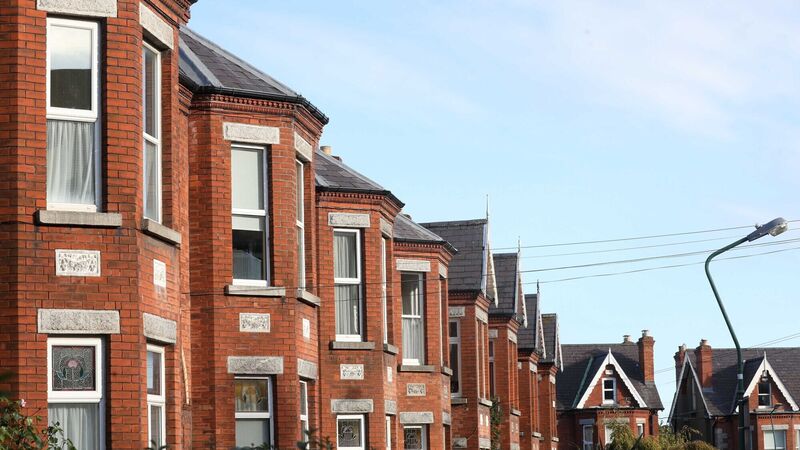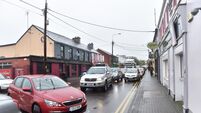92% of older people live in homes that are too big

On average, there are 2.1 rooms per person in Irish households compared to the EU average of 1.6 rooms. Picture: Leah Farrell / RollingNews.ie
Almost seven in 10 people in Ireland are living in homes that are too large for their household needs.
New figures published by the European Commission show that Ireland has one of the highest rates of people living in under-occupied dwellings in the EU.
Official statistics released by Eurostat reveal that 69.6% of Irish people were living in dwellings deemed too large for their needs in 2019, in terms of excess rooms and, more specifically, bedrooms – over twice the EU average of 32.7%.
Only Malta and Cyprus had higher rates of under-occupied homes than Ireland.
“The classic cause of under-occupation is older individuals or couples remaining in their home after their children have grown up and left, while family breakdown can also result in under-occupation,” a Eurostat spokesperson said.
Almost every third person (32.7%) in the EU lives in under-occupied dwelling, with highest shares recorded in:
— EU_Eurostat (@EU_Eurostat) January 5, 2021
🇲🇹 Malta (72.6%)
🇨🇾 Cyprus (70.5%)
🇮🇪 Ireland (69.6%)
How does your country compare ❓🤔🏠
➡️ For more information: https://t.co/wPNw93h8ch pic.twitter.com/yqw4yzgPAs
On average, there are 2.1 rooms per person in Irish households compared to the EU average of 1.6 rooms.
The Republic’s high rate is believed to be linked to the large number of adults living in “empty nest” households and the relatively larger size of traditional Irish families and associated need for more bedrooms compared to most other European countries.
The latest figures show that over 92% of older people in Ireland are living in homes that are considered too big for their actual needs.
In contrast, only 3.2% of the Irish population were classified as living in overcrowded households in 2019, although the figure has increased from 2.7% the previous year.
It is still the second lowest rate among the EU’s 27 member states, where 17.2 % of people on average live in households without enough rooms for their needs.
However, the proportion of people on low incomes and at risk of poverty who live in overcrowded conditions in Ireland is almost twice the national average at 5.9%.
Younger people are more likely to be living in overcrowded dwellings, with 5.8% of those aged 20-25 living in overcrowded homes, in comparison to 0.3% of those aged over 65.
Overcrowded accommodation is considered to be any dwelling that does not have the number of rooms appropriate to the size of the household, the family situation and the ages of its members.
It is calculated on the basis of there being one living room, one room per couple, one room for each single adult, one room per pair of single people of the same gender aged 12-17 and one room per pair of children under 12.
Under-occupied homes are the opposite of overcrowded dwellings and are those households with more than the minimum number of rooms considered adequate.
Is your home too crowded? ❓🏘️
— EU_Eurostat (@EU_Eurostat) January 5, 2021
Although often merrier, overcrowded households can feel even smaller with kids playing in the same room as parents telework
Moreover, overcrowded environments can present a higher risk of spreading the virus
➡️ Read more: https://t.co/wPNw92ZxkJ pic.twitter.com/Q4wl2QYtKG
The European Commission expressed concern about the impact of living in overcrowded living conditions during the current pandemic, where many people are confined to their homes due to public health guidelines and regulations.
“Overcrowded households can feel even smaller with kids playing in the same room as parents trying to telework during the coronavirus lockdown. Moreover, overcrowded environments can present a higher risk of spreading the virus,” a spokesperson said.
On measures of housing quality, Irish homes were slightly better than the EU average, with 12.5% of Irish people living in a house with a leaking roof and 4.9% unable to keep their home adequately warm.
However, only 0.1% lived in homes without a toilet, shower or bath.









